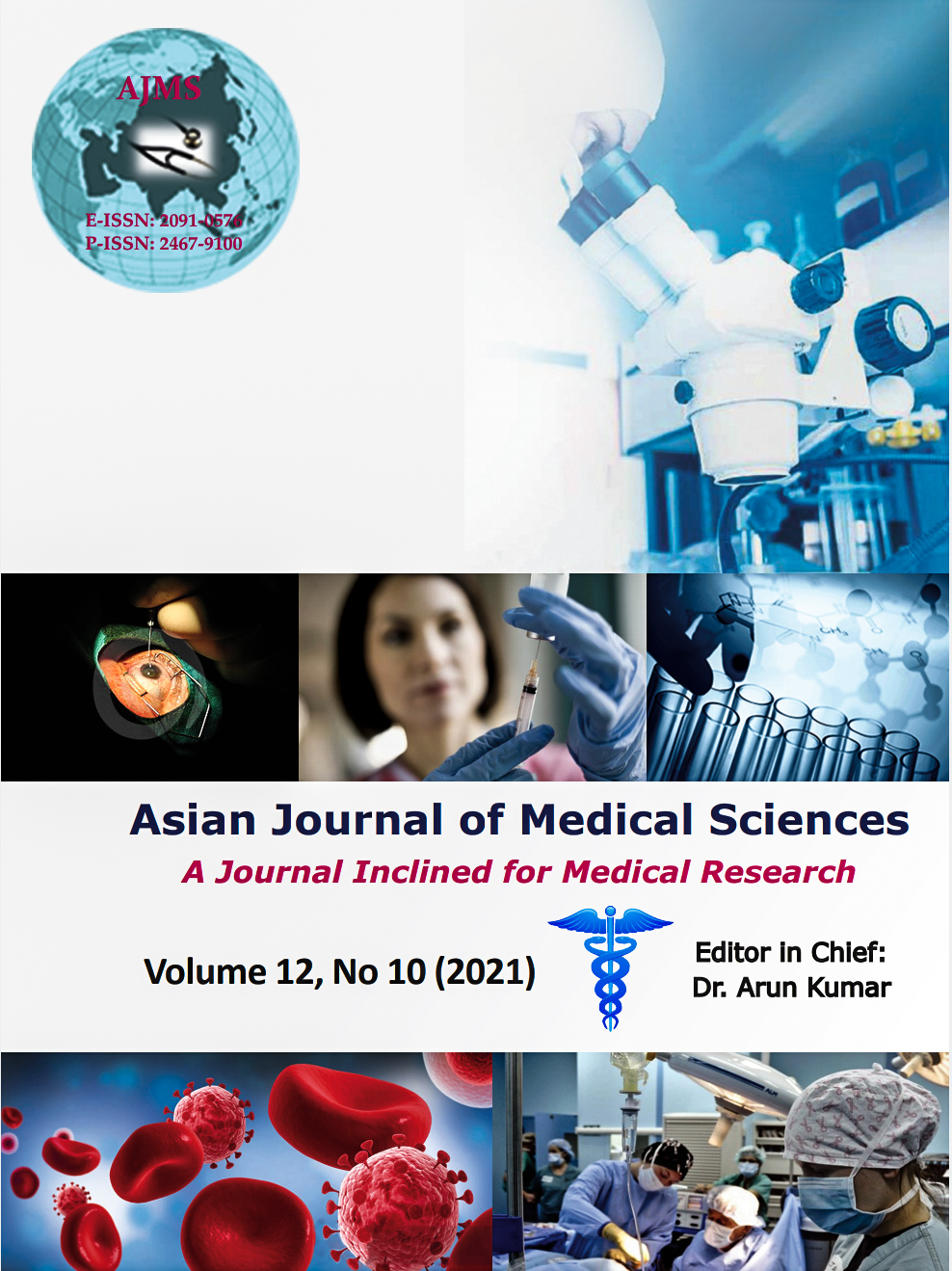Comparison of retrograde intrarenal surgery and mini-percutaneous nephrolithotomy for lower calyx renal stones
Keywords:
Miniperc, RIRS, Renal stonesAbstract
Background: Due to the anatomic characteristics of the lower calyx, lower polar stones are difficult to be removed through the ureter, retrograde intrarenal surgery (RIRS) can be used to deal with lower polar stones, while mini-percutaneous nephrolithotomy(mini-PCNL) is mainly used to deal RIRS failed to eliminate the stone.
Aims and Objectives: Prospective comparison of mini-PCNL and retrograde intrarenal surgery outcomes in lower calyx management
with respect to surgery duration, pain score (visual analog score), analgesic requirement, hemoglobin drop, and hospital stay.
Materials and Methods: This is a prospective study in 50 patients (25 cases of RIRS and 25 cases of MINIPERC) over 2 years who came to the urology departme with lower calyx stone of size up to 20mm. The selection of the management methods was primarily based on the patient’s preferences. Preoperatively, all patients underwent routine workup and CT KUB plain. The primary and secondary objective was stone clearance rates, retreatment rate, complications, surgical duration, pain score (visual analog score [VAS]), analgesic requirement, hemoglobin drop, and hospital stay.
Results: Miniperc and RIRS had stone clearance rates of 100% and 96%, respectively. In the RIRS group, one patient required retreatment for 1month. Hospital stay, intraoperative and post-operative complications were non-significant between both groups. Operative duration (P=0.003) was lower in the Miniperc group. Hemoglobin drop (P<0.0013), patient pain, and visual analog scale score at 6, 24, and 48 h, as well as an analgesic requirement (P<0.020), were all lower in the RIRS group.
Conclusion: The stone clearance rates in both modalities are high, and complications are low. RIRS requires a longer operative duration, and it is associated with favorable pain scores and a lower hemoglobin drop.
Downloads
Downloads
Published
How to Cite
Issue
Section
License
Copyright (c) 2021 Asian Journal of Medical Sciences

This work is licensed under a Creative Commons Attribution-NonCommercial 4.0 International License.
Authors who publish with this journal agree to the following terms:
- The journal holds copyright and publishes the work under a Creative Commons CC-BY-NC license that permits use, distribution and reprduction in any medium, provided the original work is properly cited and is not used for commercial purposes. The journal should be recognised as the original publisher of this work.
- Authors are able to enter into separate, additional contractual arrangements for the non-exclusive distribution of the journal's published version of the work (e.g., post it to an institutional repository or publish it in a book), with an acknowledgement of its initial publication in this journal.
- Authors are permitted and encouraged to post their work online (e.g., in institutional repositories or on their website) prior to and during the submission process, as it can lead to productive exchanges, as well as earlier and greater citation of published work (See The Effect of Open Access).




